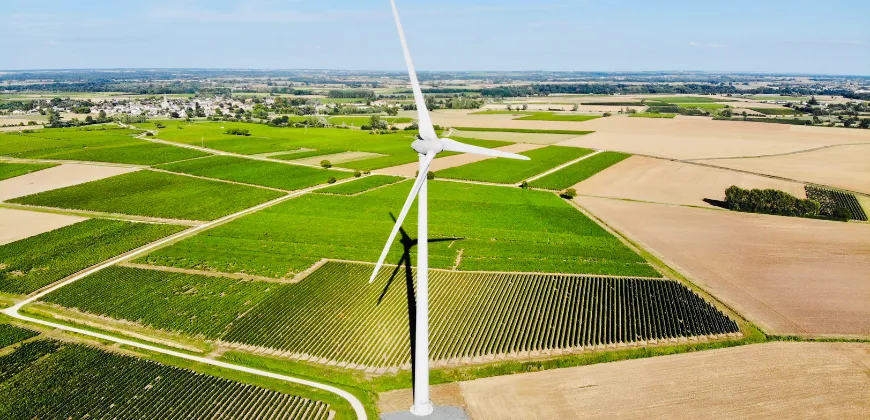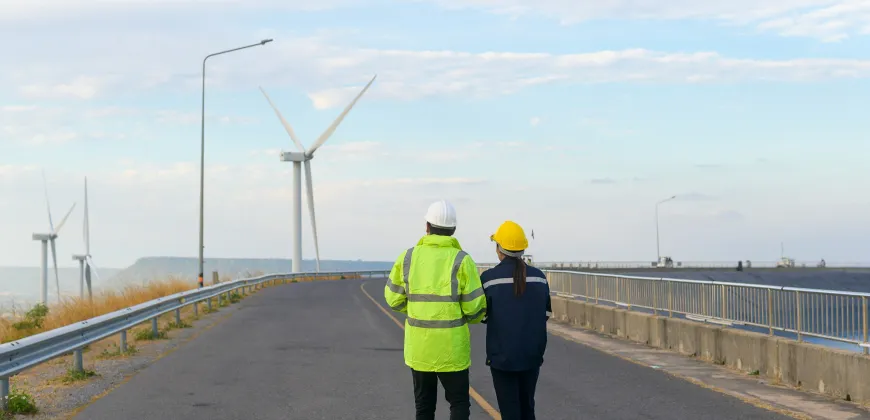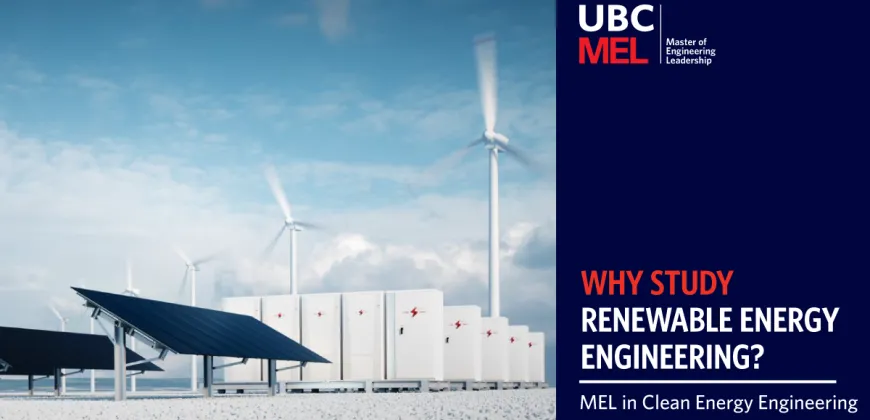System-thinking to innovate energy systems

By Tony Bi, responsible for the Energy System Fundamentals course in the MEL in Clean Energy Engineering program, is a professor in the UBC Department of Chemical and Biological Engineering and Director of the Clean Energy Research Centre. As a country, Canada has already failed to meet two greenhouse gas (GHG) emissions reduction goals: the Kyoto target and the Copenhagen Accord 2020 target. We have now signed on to the Paris Agreement and COP26, committing us to reduce GHG emissions by 40-45% below 2005 levels by 2030. This is an ambitious target and our track record is not inspiring.
In Canada, about 80% of our GHG emissions come from the energy sector, including stationary combustion and transportation. If we are serious about decarbonization, this is where we need to focus.
UNDERSTANDING ENERGY SYSTEMS
And much as we would like it to be otherwise, there is no magic bullet or one technology that will enable us to reach our targets. We published a paper last year looking at clean energy strategies and pathways for British Columbia to meet its decarbonization goals.
Even though the province already benefits from having rich biomass and hydroelectric resources, growing energy demand is quickly outpacing supply.
Making sense of this complexity requires systems thinking and stepping back to understand the energy system as a whole. It’s useful to consider the analogy of the human body. The body is an incredibly complex system with each individual part, be it a cell or organ, needing to function properly but also dependent on and interconnected with all other parts. Everything needs to work together for the body to be healthy. It’s the same with our energy system.
INTEGRATED SYSTEMS, SUSTAINABLE SOLUTIONS
Here’s an example. We might assume that electric vehicles are clean and green. Driving an electrical vehicle is certainly better than driving a gas-fuelled internal combustion engine car when it comes to emissions.
But if we look at the whole life cycle – of the energy and materials used to build the car and how the electricity is generated to charge the car – an electric vehicle might not look as attractive.
Depending on how green the electricity is and how rare minerals are produced, electric vehicles may not emit fewer GHGs than the conventional alternative in some regions or countries.
ENERGY SYTEMS FUNDAMENTALS: BIG-PICTURE THINKING
I teach the Energy System Fundamentals course (CEEN523) for the MEL in Clean Energy Engineering program, and as part of this class, students conduct an in-depth systems analysis on this type of topic. It’s a good way to introduce the broad thinking required to be a leader in this field.
We absolutely need people who are able to optimize fuel cells and batteries or develop new innovations in green energy, but we also need individuals who can analyze how these technologies are sourced and used, and how they fit into the big picture.
This discussion often circles back to policy. Large-scale change requires having the right policies in place to push individuals, businesses and industries to make the shifts needed to reach our emission reduction commitments. Understandably, many engineers have not carefully considered the policy dimension of energy and climate change, choosing instead to focus on technology. My course, and the program as a whole, help students understand the links between policy and practice.
EMPOWERING LEADERS TO MEET RENEWABLE ENERGY GOALS
Many graduates of this program are hired as energy managers.
In BC, for example, the provincial government has mandated that every sector has a decarbonization plan, and our students are highly in demand to apply their skills to help organizations and municipalities identify their overall decarbonization potential and advise on strategies to reach those goals.
BECOMING SYSTEM THINKERS
I believe that people who want to be leaders in their career need to be system thinkers. Leaders need to consider the larger picture and the longer term and inspire others to do the same.
The MEL helps students develop this way of thinking and the business courses that makeup 40% of the curriculum provide a useful foundation in communication, accounting and cost-benefit analysis.
For example, there are extra costs with renewable energy. But these are often outweighed by the environmental and healthcare costs of conventional energy systems. If your air quality is better because you are not burning fossil fuels, fewer people will suffer from environmental-related illnesses, which will reduce health care costs.
We need people who can understand both the technology and the system-wide costs and who can communicate this perspective to others.



